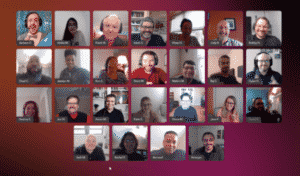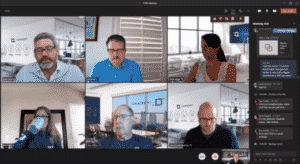
WFH 2021: How to become a part of the team (remotely!)
2020 and 2021 have both come with a unique set of challenges, especially when it comes to joining a new team or onboarding with a new organization. A few things that occurred to me as I recently joined the TalentQuest team:
The best way to help an employee feel welcome at a time when it may be a long time before meeting the extended team, live, is to have a plan in place. It doesn’t need to be a lengthy, highly choreographed onboarding process where you need to roll out the red carpet. If you search the web for onboarding processes, you’ll generally find a series of lists that cover the common key areas like: Tech; Training; and Communication. But there’s a very important 4th piece that can be overlooked in the WFH era: opportunities to connect informally and build relationships.
Here are a few ways to overcome the challenge of building team relationships remotely:
Onboarding doesn’t need to be an elaborate process. The most important part that organizations miss is the opportunity to ensure that remote employees integrate well into their teams and the organization. In the WFH world, many employees find it challenging to build relationships over the phone (or video conference) when compared to in-person. Implementing just a few of the ideas that I shared with you can help to make this process much more organic and straightforward.





